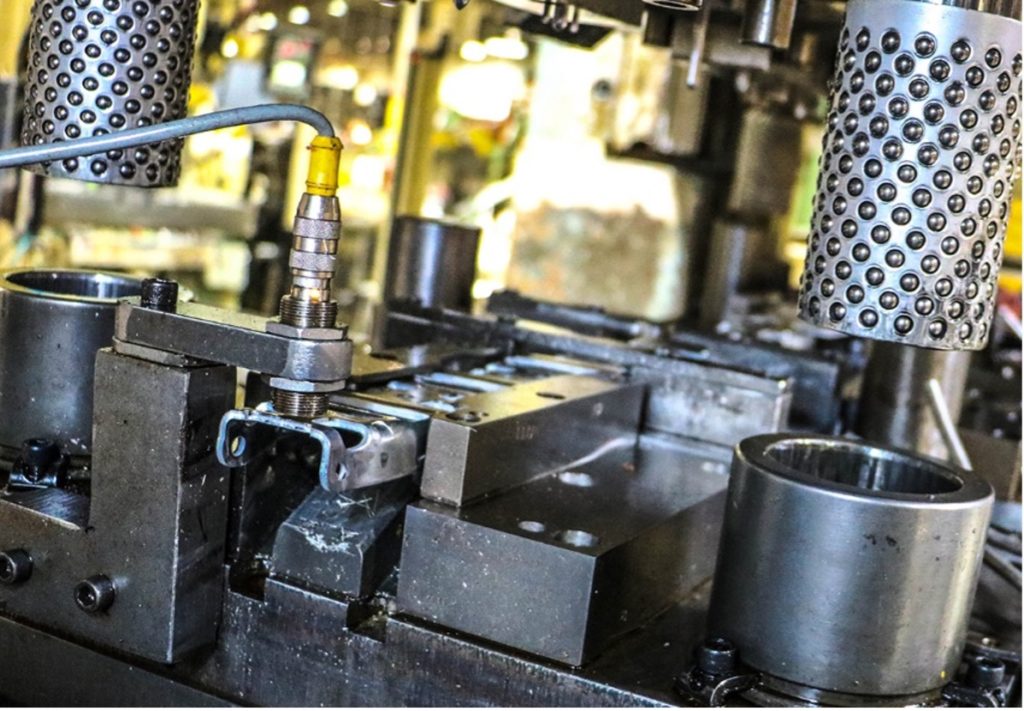
Have you heard about metal stamping? This method, also known as pressing, involves stamping presses and dies to turn metal sheets into various shapes. The material is placed between the die sections, where pressure shapes the material into the intended form.
Pressing involves a single or multiple metal forming techniques, such as blanking, embossing, coining, bending, punching, and flanging. There are two types of stamping operations, progressive and transfer operations. The most common presses used for this process are mechanical, hydraulic, and mechanical servo.
These are the most important benefits of pressing.
Remarkable accuracy
Probably the greatest advantage of metal stamping is the level of precision, which reaches a micron level. The sophistication and detailed nature of this process enables manufacturers to shape metal in the most complex forms with the help of innovative technology. The possibility for error is virtually minimal because of the use of sensors and camera systems, which inspect the dimension in the course of the process.
Moreover, the material is placed into a stamping press, which makes metal forms by using a special tool. The ultimate product is usually achieved by employing other processes like stretching, bending, curling, embossing, etc. Pressing is believed to provide manufacturers with unbelievable accuracy while keeping production expenses low. Read more about the history, operations, and industrial applications of stamping.
Cost efficiency
Another benefit of metal stamping for companies is the cost efficiency of this method. It allows a substantial reduction of processing time while increasing the speed of production. By speeding up the production process, companies reduce the use of machines, the number of workers, as well as labor time. As a result, it’s normal for production costs to be significantly reduced.
Metal stamping is believed to benefit companies by making production times more efficient. This kind of efficiency is considered the best alternative for cost-cutting. Companies that need thousands of parts for bulk orders are strongly advised to try metal stamping. Such a method is useful in the electronics, automotive, medical, and semiconductor industries.
In addition, the equipment is capable of performing over a thousand strokes in a minute. Consequently, many companies from the pharmaceutical industry enjoy high-volume production without experiencing any delays. The combination of accuracy and speed is genuinely unique in the world of manufacturing.

Incredible versatility
Flexibility is unquestionably what makes metal stamping highly popular in numerous industries. It allows for metal, which is light but durable, to be shaped in tiny sizes and complex forms. During the process, however, specifications can be adhered to without any trouble. When looking for a metal fabrication shop, make sure it provides design, engineering, packaging, and assembly services. The world of design opportunities is limitless for a great number of industries.
It comes as no surprise that implantable components have seen an increase in recent times. Since clips, clamps, and brackets used in the human body are supposed to be small, pressing has proven to be the right choice of production method. Also, metal stamping has become incredibly useful in the production of surgical equipment, which should be machined to high tolerances.
High quality
Metal stamping is a method known for the manufacturing of high-quality components. Stamped parts have proven to be so reliable that they have been used in complex operations such as laparoscopic surgery. Additionally, an increasing number of device enclosures have been made by using this method.
In addition, the largest part of device enclosures is made of titanium, famous for its resistance to corrosion and bacterial growth. The development of stamping technology has made it possible for titanium to be as easily stamped as steel.
Titanium instruments produced in this way are resistant to wear and tear, as well as sterilized easily. Hence, pressing is largely used in the production of implants, casing components, and surgical instruments, which are of tremendous importance in the treatment of disease and illnesses. Visit this URL, https://www.britannica.com/science/titanium, to learn about the occurrence, uses, and properties of titanium.
To sum up
The advantages of stamping for different industries include high precision, low secondary costs, fast production, and quick turnover.
It’s undoubtedly a method worth implementing in any company in need of precise parts!
